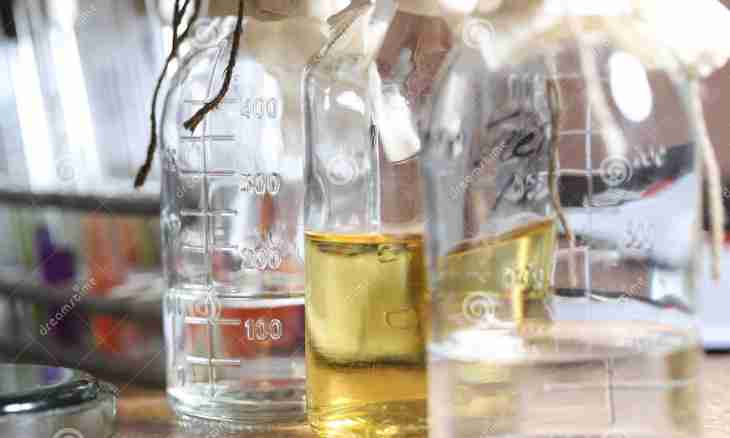Chemical reactants in the majority are applied to laboratory analyses and experiments including in schools. Their storage is very specific, a part of materials differs in the instability in relation to the external environment and also expressed by activity in interaction with other medicines.
Chemical reactants which use in laboratories have to be stored in places specially allotted for this purpose. These rooms have to be ventilated and be well dry, standards of safety which are formed especially for each object provided locking mechanisms on doors and windows, an exception of accidental contact with reactants of strangers, on an entrance door there has to be a warning plate, and be near — the plan of evacuation.
In certain cases the storage of reactants is possible in rooms with heating, but it is rather an exception of their general rule.
Besides, one worker who will keep control and account of reactants has to be responsible for safety of chemicals, the same person is responsible for observance of safety rules and timely instructing of employees.
What reactants have to remain separately
Part of medicines surely has to be stored separately from all even if partners in principle cannot react. Treat such chemical reactants the following: — solid and liquid oxidizers; — organic acids and the smoking reactants of acid character; — gases in the compressed, dissolved and liquefied state; — the specific substances reacting with air or water; — liquids which can easily flare up; — poisons with the strong nature of influence. It is necessary to remember that placing such reactants in warehouses or in storerooms it is necessary to provide the maximum possibility of safety of a container that there was no accident. Storage of medicines in glass or special plastic is the most preferable. Obstruction is also made by glass (glass covers with rubber laying) or other inert material.
Safety of reactants in working rooms
If for work the same reactants are required, then it is always possible to keep them in small amounts in laboratories , for example, for this purpose nonvolatile substances with small toxicity are allowed to be stored on open shelves of a case or in curbstones. And here bottles with acids should be held separately in a special exhaust case. Surely they have to be stored in pallets or porcelain glasses. Besides, in an exhaust case also other substances of aggressive and nonvolatile character have to be placed. It is worth remembering that all chemical reactants have to be signed. If on a container with a reactant there is no corresponding inscription or a sticker, then it cannot be applied at all. Also it is worth using toxic agents extremely carefully. Before in bank to fill up a reactant it it is necessary to wash up, dry well, and of course it will be necessary to pick up to it a stopper. If bank still damp or wet, then the reactant is forbidden to be filled up there.
